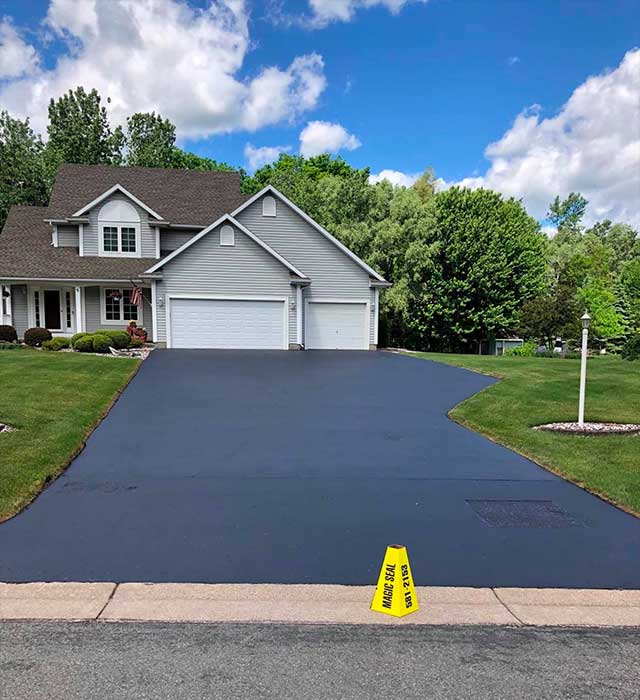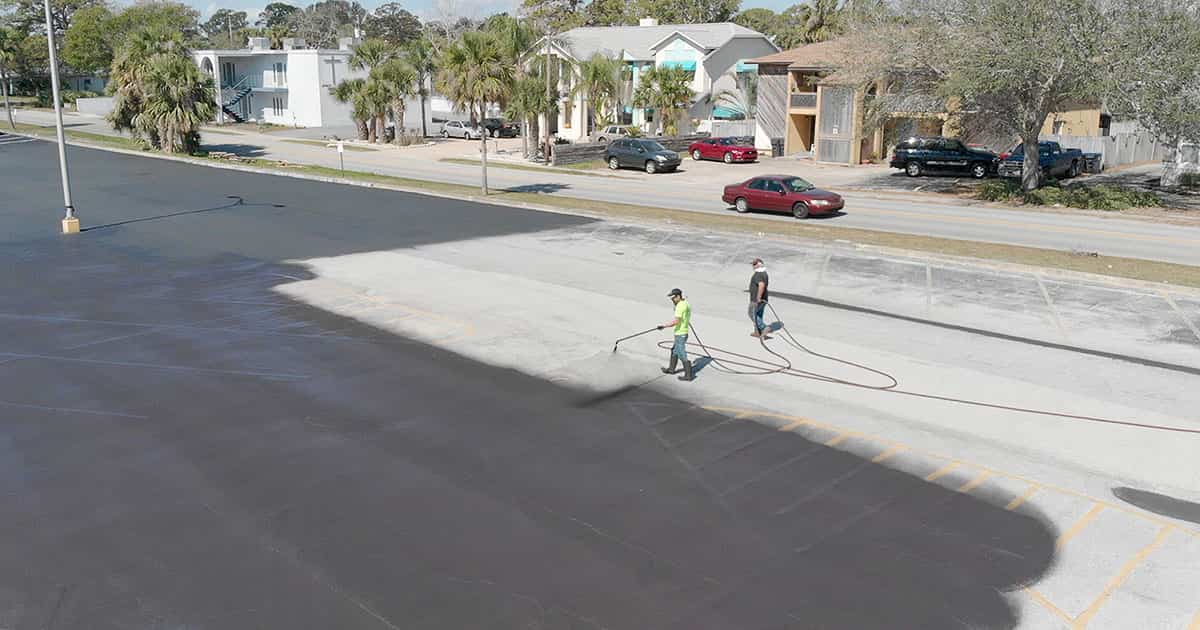Hot Mix Asphalt: A Sustainable Solution for Pavement
Warm Mix Asphalt (HMA) has actually become a leading sustainable option for pavement remedies, offering a myriad of environmental benefits and innovative technologies. Its capability to recycle materials and minimize power usage offers an engaging situation for its adoption in roadway construction jobs. Furthermore, the long-lasting performance and sturdiness of HMA make it a preferred alternative for facilities development. As the demand for environment-friendly building practices expands, checking out the subtleties of HMA's sustainability can offer important understandings into the future of pavement solutions.
Ecological Benefits of Hot Mix Asphalt

Moreover, Warm Mix Asphalt helps to alleviate urban warm island impacts. Its dark shade soaks up sunlight, lowering the amount of warmth mirrored back right into the ambience compared to lighter-colored pavements. This can decrease ambient temperatures in metropolitan areas, lowering the demand for a/c and inevitably lowering energy intake.
In addition, Warm Mix Asphalt adds to boosted stormwater monitoring. Its permeable nature enables water to recharge and infiltrate the sidewalk groundwater materials, reducing drainage and the risk of flooding. These ecological benefits make Hot Mix Asphalt a sustainable option for leading highways and roads.
Power Effectiveness in HMA Manufacturing
Is power performance a critical aspect in the manufacturing of Warm Mix Asphalt (HMA)? Energy plays a substantial duty in the manufacturing of HMA, impacting both price and ecological sustainability. One key element of power effectiveness in HMA manufacturing is the usage of cozy mix asphalt (WMA) modern technologies.
In addition, improvements in plant innovations have actually led to even more energy-efficient HMA manufacturing procedures. Modern plants are developed with functions like recycled asphalt sidewalk (RAP) handling capabilities, reliable heater systems, and improved insulation, all contributing to energy savings. By maximizing energy use in HMA production, the sector can minimize its carbon footprint while preserving top quality pavement materials. Power effectiveness is, consequently, a critical factor to consider in making certain the sustainability of Warm Mix Asphalt manufacturing.
Recyclability of Warm Mix Asphalt
The recyclability of Warm Mix Asphalt (HMA) is a critical facet of its sustainability and long-lasting ecological influence. HMA is one of the most recycled materials in the United States, with over 100 million tons of recovered asphalt sidewalk (RAP) being recycled every year in new pavement building. Reusing HMA supplies numerous environmental benefits, such as decreasing the demand for virgin materials, reducing power intake throughout manufacturing, and reducing the amount of waste sent to garbage dumps.
The procedure of recycling HMA entails crushing the existing pavement, crushing it into smaller pieces, and blending it with brand-new accumulation and asphalt binder to develop a recycled mix. This recycled mix can often carry out along with and even far better than conventional HMA, while requiring less basic materials and producing lower greenhouse gas discharges. By integrating RAP into new pavement projects, roadway firms can preserve all-natural resources, minimize expenses, and decrease the ecological impact of road building and upkeep tasks. In general, the recyclability of HMA plays a significant role in advertising sustainable techniques within the sidewalk sector.

Long-Term Efficiency of HMA
Asphalt pavements demonstrate sturdiness and resilience over an extended period, mirroring the long-lasting performance of Warm Mix Asphalt (HMA) The long life of HMA can be connected to its ability to endure heavy web traffic tons, extreme weather condition problems, and the impacts of aging. Studies have actually revealed that properly designed and effectively created HMA pavements can last for twenty navigate to these guys years or more with regular maintenance. The trick to optimizing the lasting efficiency of HMA hinges on using top quality materials, adhering to best practices in construction, and implementing effective upkeep methods. Appropriate water drainage, regular assessments, and timely repairs are essential for maintaining the structural integrity of HMA sidewalks gradually. Furthermore, advancements in HMA technology, such as making use of polymer-modified binders and warm mix asphalt, have actually even more enhanced the longevity and long life of HMA pavements. By focusing on top quality building and upkeep methods, HMA remains to confirm itself as a lasting and affordable solution for resilient pavement infrastructure.

HMA: Sturdiness and Sustainability
Showing both sturdiness and sustainability, Warm Mix Asphalt (HMA) has actually come to be a cornerstone in the building and construction of durable sidewalk infrastructures - regrading. HMA's durability stems from its capability to endure hefty loads, rough weather, and high web traffic quantities, making it a reputable choice for roads, freeways, and airport paths. The composition of HMA, which normally consists of aggregates, binder, and filler, plays a crucial function in boosting its longevity and resistance to damage
Additionally, HMA's sustainability depends on its recyclability and energy-efficient production process. The capacity to recycle redeemed asphalt pavement (RAP) in new HMA blends minimizes the demand for virgin products and reduces the ecological influence of sidewalk construction and upkeep. Furthermore, the energy performance of producing HMA lies in its lower blending temperature levels compared to other pavement products, bring about reduced energy consumption and greenhouse gas discharges.
Verdict
Finally, hot mix asphalt (HMA) provides a lasting service for sidewalk with its eco-friendly qualities. HMA's recyclability, energy effectiveness in production, and long-lasting longevity make it an environment-friendly option for road building and construction. By conserving natural sources, reducing waste, and reducing greenhouse gas discharges, HMA plays a vital role in promoting sustainability in facilities growth. Its ability to reduce urban warmth island impacts even more highlights its value in developing environmentally mindful and durable sidewalk systems.
HMA is one of the most recycled products in the United States, with over 100 million bunches of redeemed asphalt pavement (RAP) being recycled annually in new pavement building.The procedure of reusing HMA includes milling the existing sidewalk, crushing it into smaller items, and mixing it with brand-new aggregate and asphalt binder to produce a dig this recycled mix.Asphalt pavements demonstrate durability and resilience over an extended duration, mirroring the long-lasting efficiency of Warm Mix Asphalt (HMA) Additionally, advancements in HMA innovation, such as the usage of polymer-modified binders and warm mix asphalt, have actually further boosted the sturdiness and long life of HMA sidewalks. The capability to recycle reclaimed asphalt sidewalk (RAP) in brand-new Web Site HMA combinations reduces the demand for virgin materials and decreases the environmental influence of pavement building and upkeep.